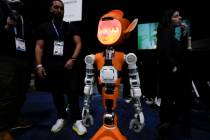CES 2019: Smart homes may come in a few years — VIDEO
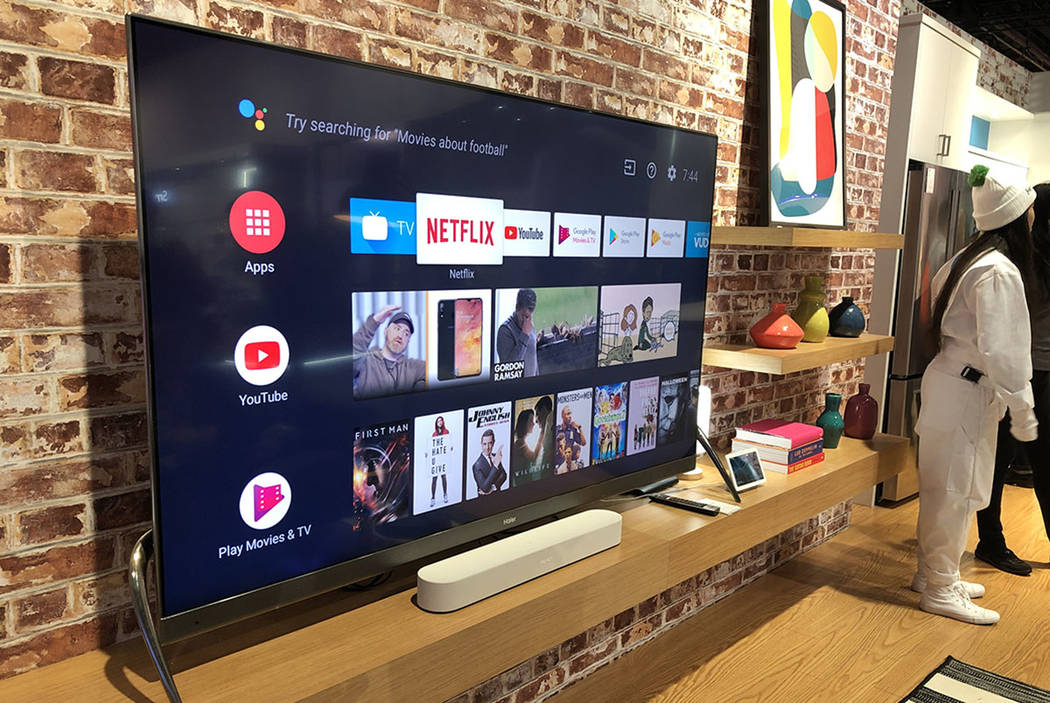
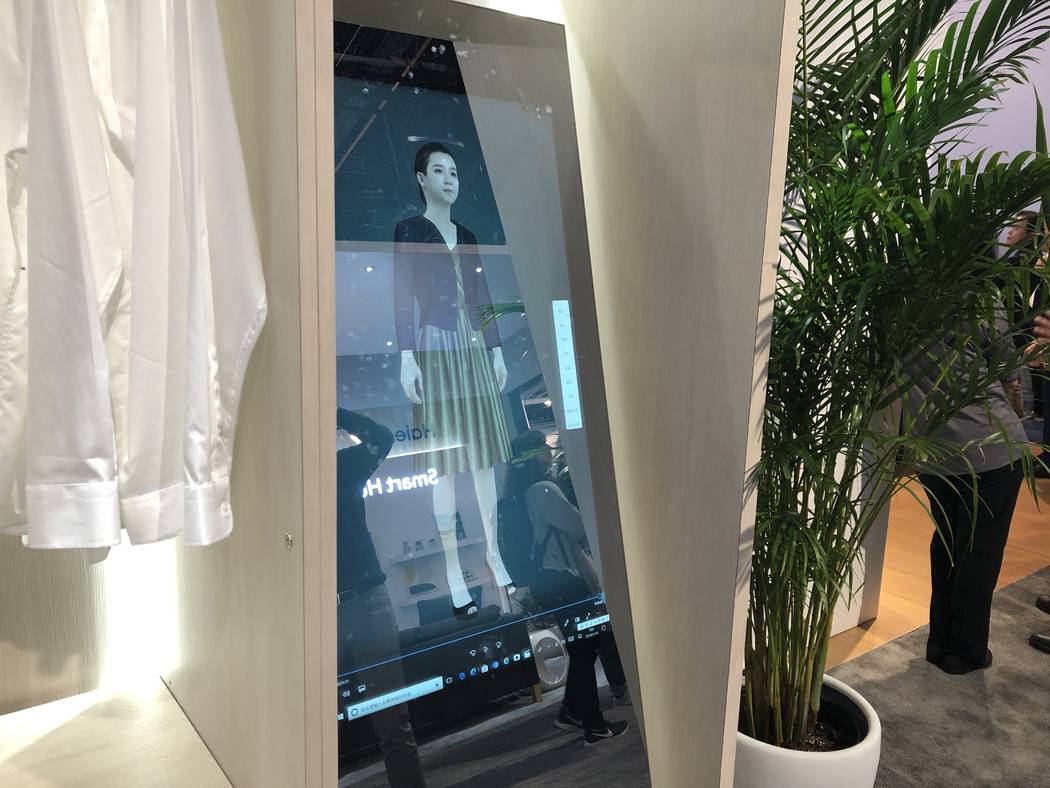
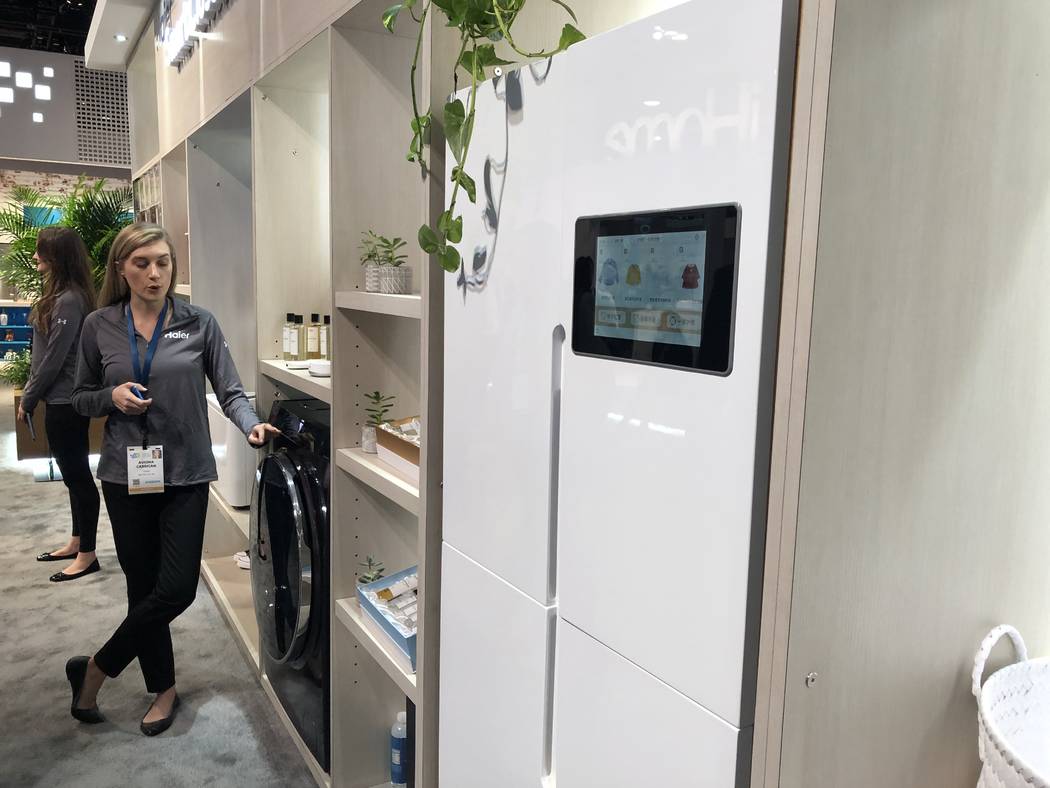
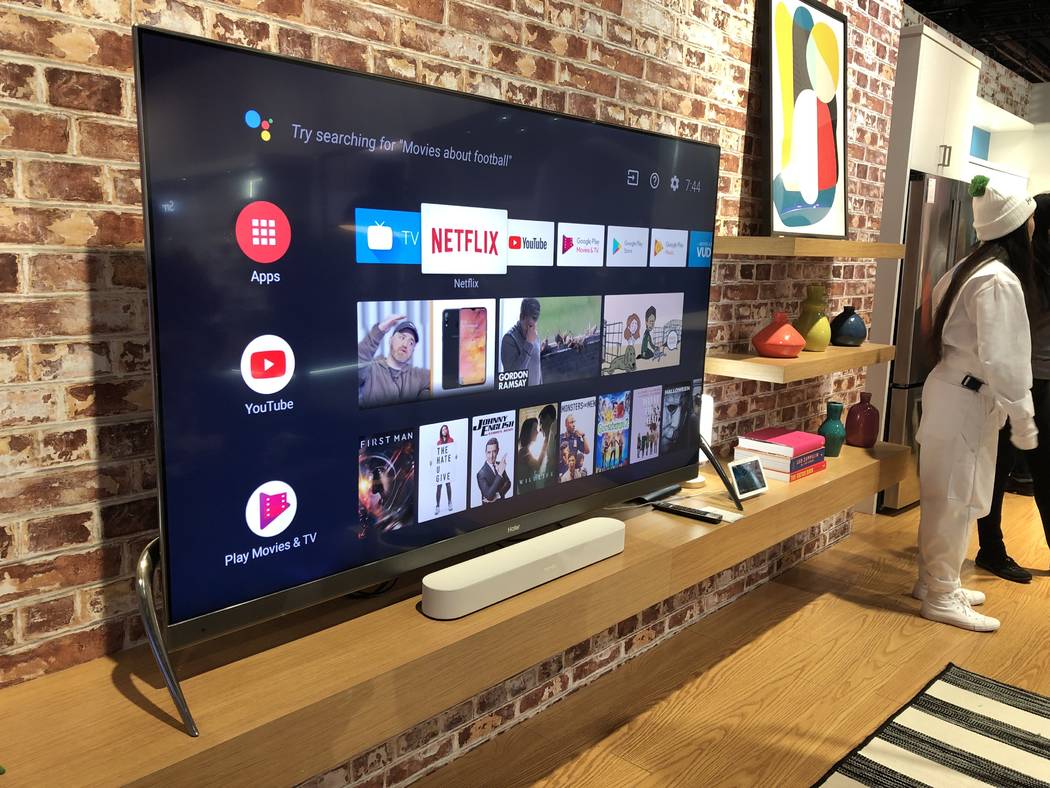
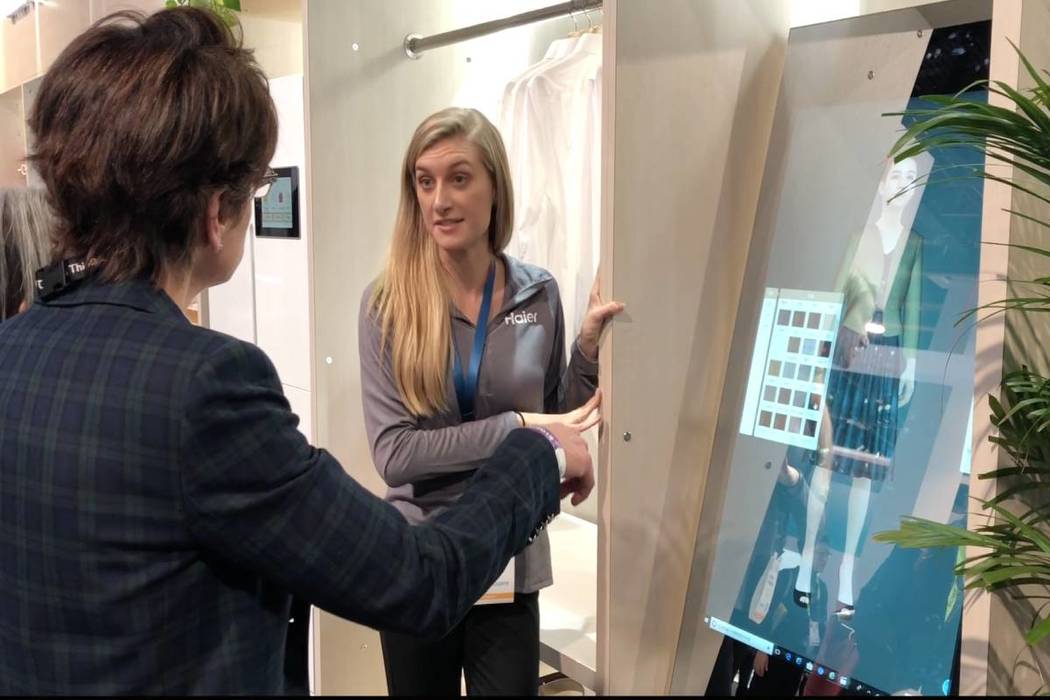
Smart homes might be in the not-so-distant future.
At Haier’s smart home exhibit at CES, the Chinese consumer electronics company displayed a variety of smart appliances that could make lives easier, including a stove that can read a pan’s temperature, a washing machine that can read tags and determine the best wash settings and a mirror that can suggest an outfit.
All of this technology was only on display at this year’s show, but Haier exhibitors expect it to become a part of day-to-day life in many homes in only a couple years.
“(It’s) us taking a lot of little things and taking them off your plate,” said John Ouseph, a U.S. tech leader for smart home solutions at Haier. The devices “save bits of time, so that allows you at the end of the day to have more time to spend with your family.”
Ouseph said the smart homes of the future will incorporate artificial intelligence into a variety of appliances.
“If it starts to understand your intent and learn from you and give helpful suggestions to save time or make life more comfortable, that ultimately is what the smart home is about,” he said.
There are a number of smart appliances already out on the market — more than 53 million Americans own smart speakers, for example — but Ouseph said increased automation isn’t akin to a smart home.
“I can control my home: the lights, the thermostat, all this from my app. But is it truly a smart home?” Ouseph said. “That’s (based on) your definition.”
But it’s only a matter of time before he believes most American houses will be considered smart homes.
“I hope within the next couple of years,” he said. “Each year, we make leaps and bounds. … When I look at what we did in 2013 versus what we do today, there’s a tremendous amount of improvement. A lot of technology advancements.”
Kitchen hub
The 2019 convention, which ran Tuesday through Friday, showed a variety of devices that could make life easier at home. There was a $300 robot window cleaner from Coayu, a $99 robot that helps pets exercise from VARRAM and even a $7,000 smart toilet from Kohler.
At Haier’s exhibit, all of the appliances were controlled via a kitchen hub, a kitchen vent with a screen that hangs above a home’s oven. The Android-based device is similar to a tablet and is slated to be released in May for $1,199.
Other smart Haier technology included a door lock that can be controlled via fingerprint or keypad, a closet that can recognize different clothing and help users manage their wardrobe and a cabinet that can sterilize, deodorize, dry and warm shoes.
These devices — aside from the kitchen hub — currently are only available in China.
“A lot of technology is in China, and we can modify the technology and bring it to the United States,” Ouseph said. “I think it just depends on what the pull is from the U.S. market.”
Robots’ place
Robots are also expected to play a big role in future homes, according to Ian Bernstein, founder of Colorado-based personal robotics company Misty Robotics.
“Our big goal’s to put a robot in every home and office,” Bernstein said. However, “that’s pretty far out.”
Bernstein said it’s hard to create robots today that match the costs expected by consumers. Aside from vacuum cleaners like the Roomba, the robotics space has seen little success entering the household appliance market.
“Today, the things that we’re looking at are … security and companionship and elder care,” Bernstein said.
Ouseph said that overall, technological advancements to smart appliances will make lives easier for homeowners.
“That’s there to help you. It’s not there to replace you,” he said. “It’s there to make you more comfortable. At the end of the day, that, to me, is what makes it a smart home.”
Contact Bailey Schulz at bschulz@reviewjournal.com or 702-303-0233. Follow @bailey_schulz on Twitter.













